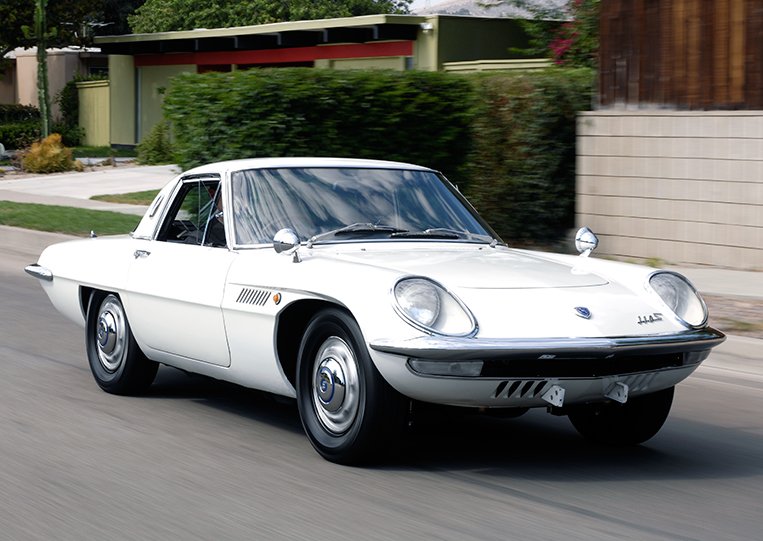
Not many carmakers have been given the rare opportunity to contribute a truly game-changing innovation or technology to their industry. Ford did it with the fast and efficient assembly line. Volvo introduced the three-point seatbelt. Toyota made hybrid propulsion widely available.
And Mazda—that little Japanese automotive company from Hiroshima—perfected and gave the world the Wankel or rotary engine. This technical achievement will be forever tied to Mazda, and it was by no means a small feat.
Before Mazda was able to come up with a reliable version of the rotary engine, several of its rivals had tried to take advantage of Felix Wankel’s idea. They all had failed.
While the rotary engine was smaller and lighter than its conventional piston counterpart, it presented a recurring problem that bedeviled even the best engineers in the business. That issue involved scratching on the inner surface of the engine housing. “This was caused by the apex seals on the triangular rotor juddering—instead of sliding smoothly—against the inner casing,” explains Mazda. “This scoring led to poor seal durability, and caused the early demise of rotary proposals from many other automotive manufacturers.”
But Mazda engineers, displaying the grit that had enabled the company to survive Hiroshima’s atomic bombing in 1945, persevered and refused to stop until they fixed the Wankel’s fundamental flaw. They succeeded. And it was such an important milestone in the organization’s history that chief engineer Kenichi Yamamoto—the leader of the “47 Samurai” tasked to deliver the rotary engine to the production stage—went on to become company president and chairman.
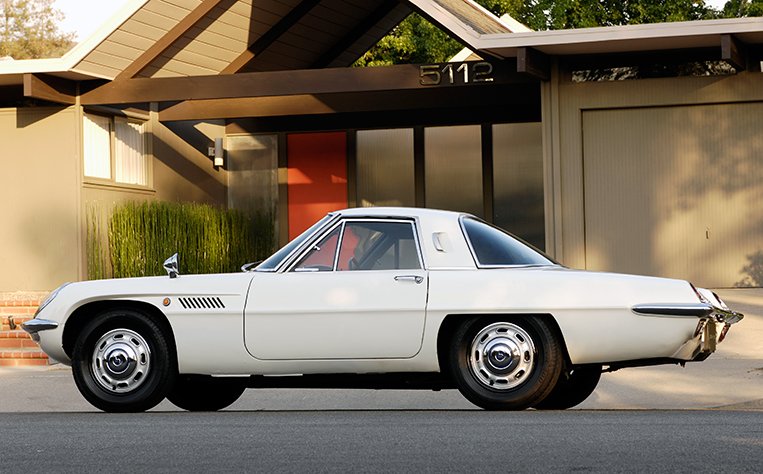
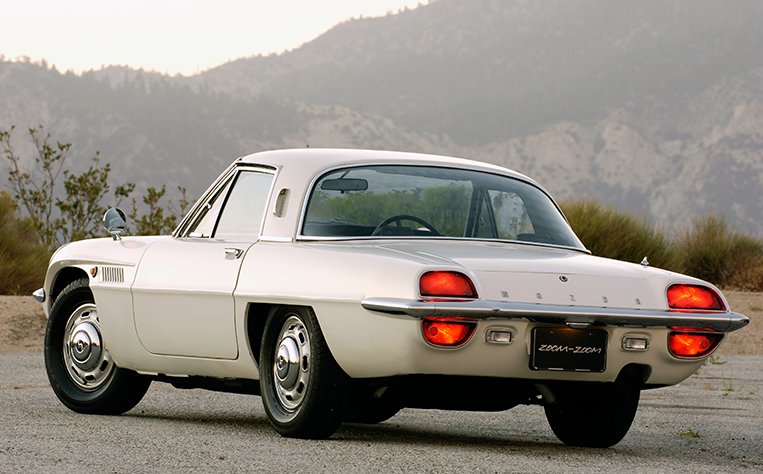
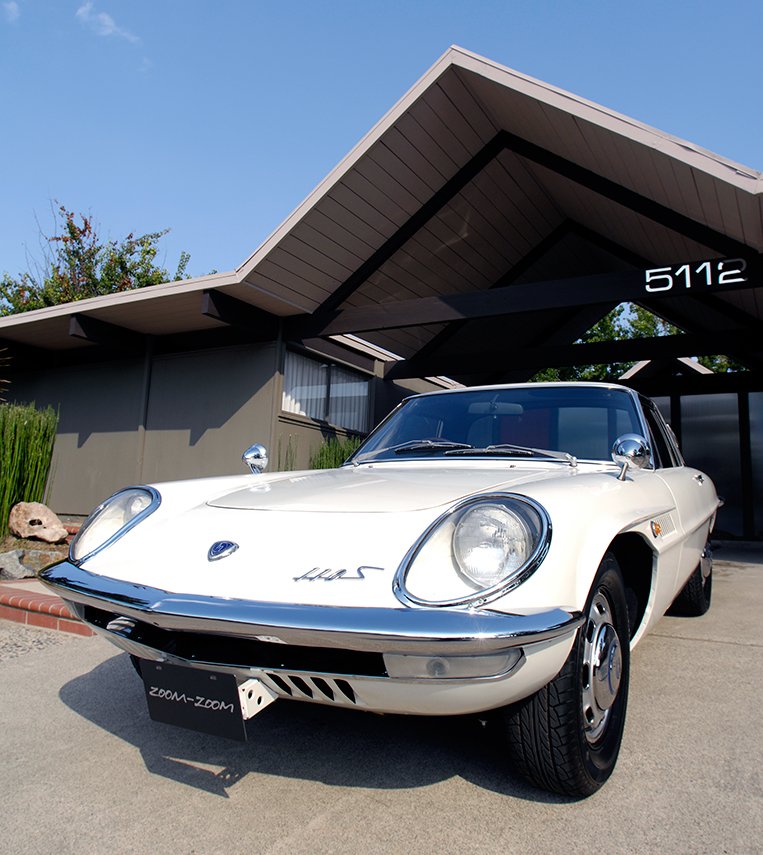
When Mazda’s rotary engine was ready for regular consumer use, it was shoehorned into the hood of the Cosmo Sport 110S, a rear-wheel-drive coupe launched in Japan on May 30, 1967—half a century ago this year. The Cosmo is considered the spiritual father of both the RX-7 and the RX-8.
Measuring 4,140mm from bumper to bumper, the Cosmo was just a tad longer than the current MX-5 (3,915mm), but was narrower (1,595mm versus 1,735mm) and lower (1,165mm versus 1,230mm). It was powered by a 1.0-liter rotary engine (109hp and 130Nm) mated to a four-speed stick shift.
While only 1,100-plus units of the landmark first-generation model were produced from 1967 to 1972, the Cosmo would ultimately dictate the corporate direction that Mazda would take. It was responsible for the brand’s modern-day “Never Stop Challenging” spirit. It was the driving force—the “zoom-zoom”—within the company at a time when it was too tempting for everyone to just throw in the towel.
The print ad for the Cosmo said it best: “A new era comes to the world of auto technology.” The car and its little rotor opened up endless possibilities not only for Mazda but for the whole industry as well. Thanks to this automobile, Mazda was emboldened to soldier on and venture into uncharted territories. The Skyactiv technologies, for one, owe a lot of their existence to those ’60s Mazda engineers who didn’t give up until they finally got it right.
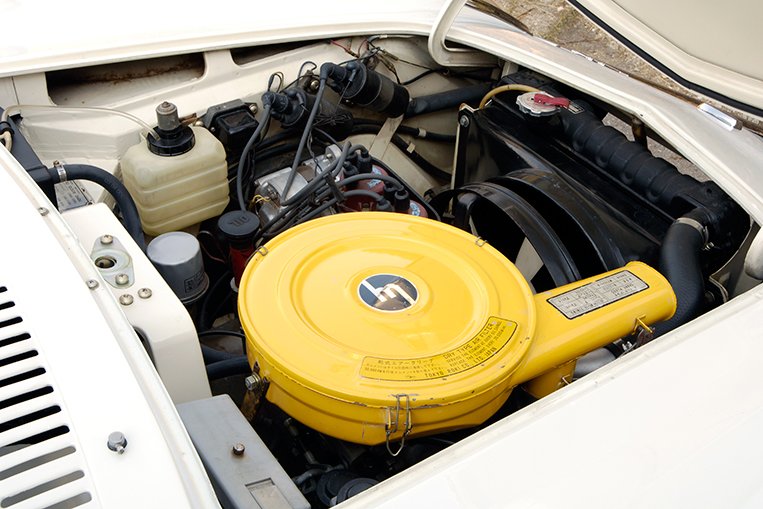
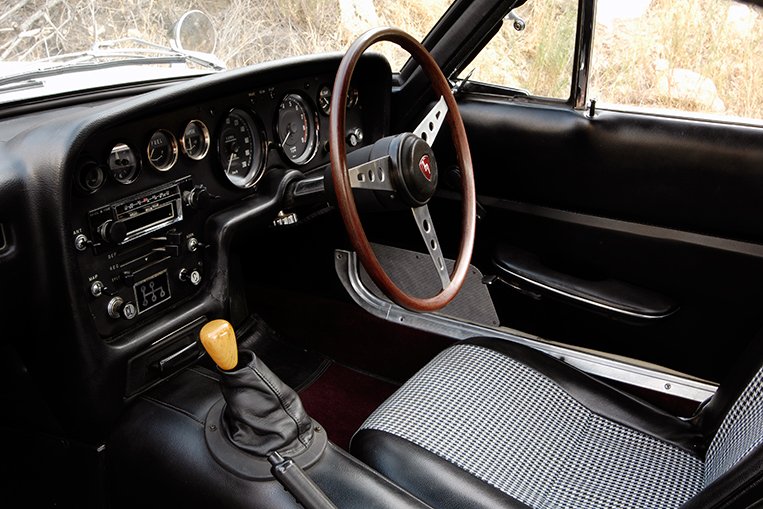
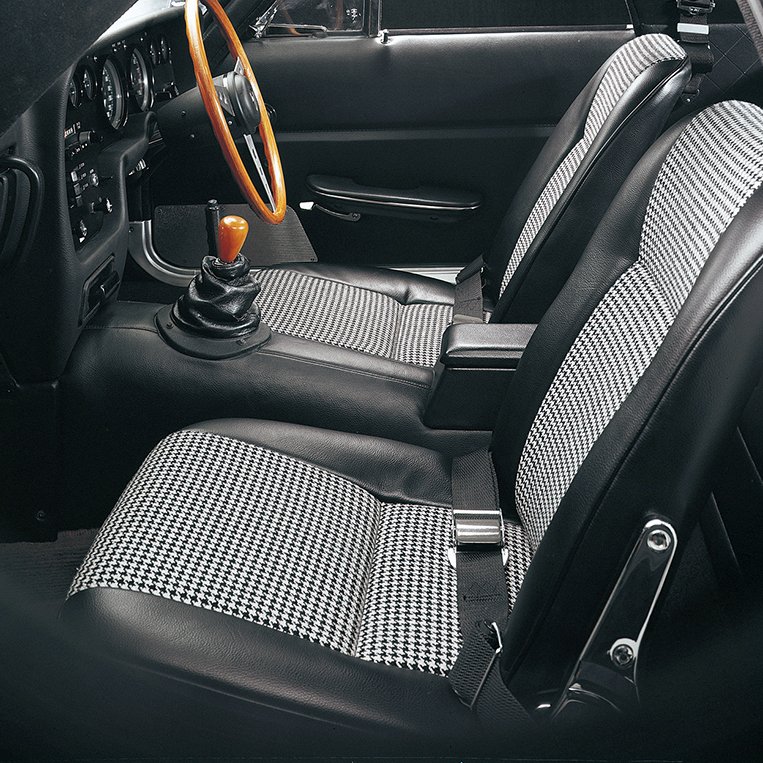
The Cosmo may not be as historically popular as other classic sports cars (like the Nissan 240Z). It may not even be the most popular Mazda model ever (a distinction that probably belongs to the Miata). But it’s the one automobile that propelled Mazda to greater heights and inspired an entire generation of Japanese engineers to keep innovating.
Enjoy your MX-5 RF. But as you control the switch to stow away its retractable roof, remember to pay a nod to the car that started it all 50 years ago.




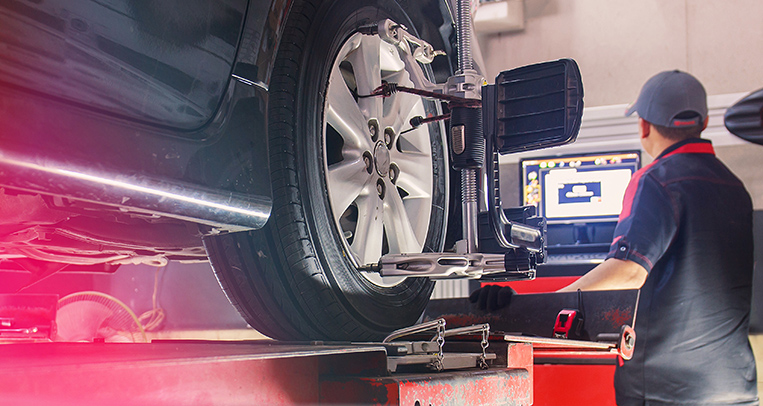






Comments